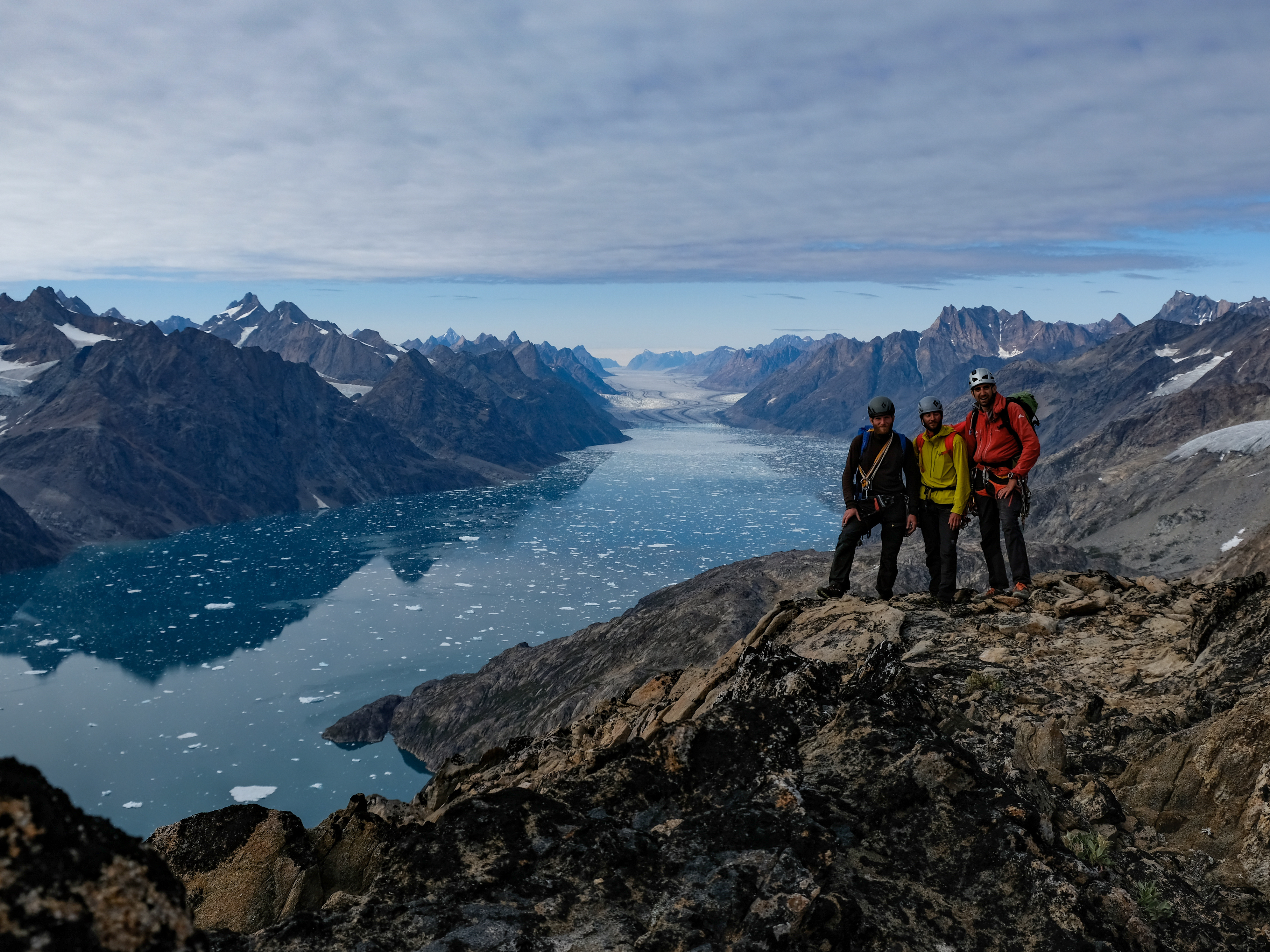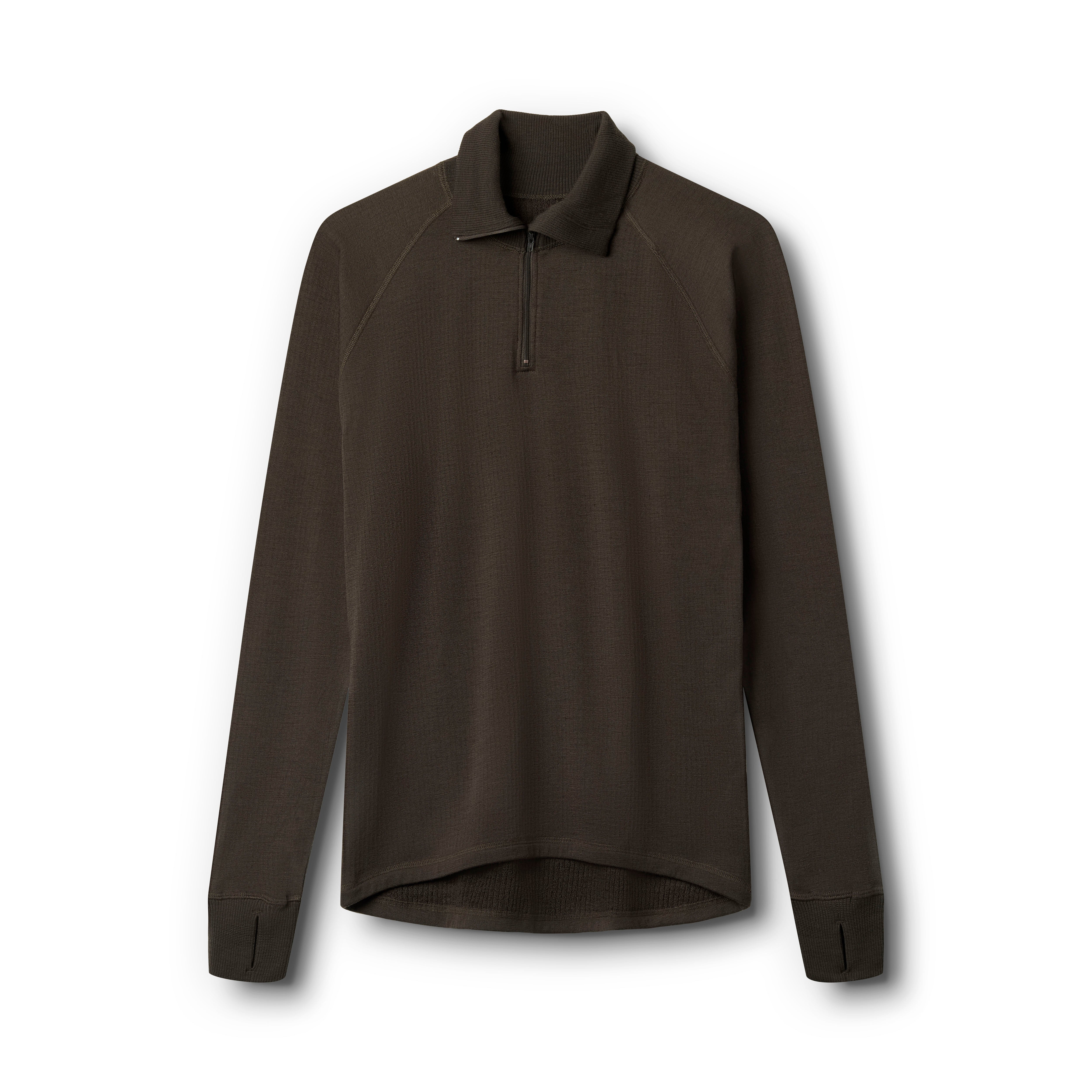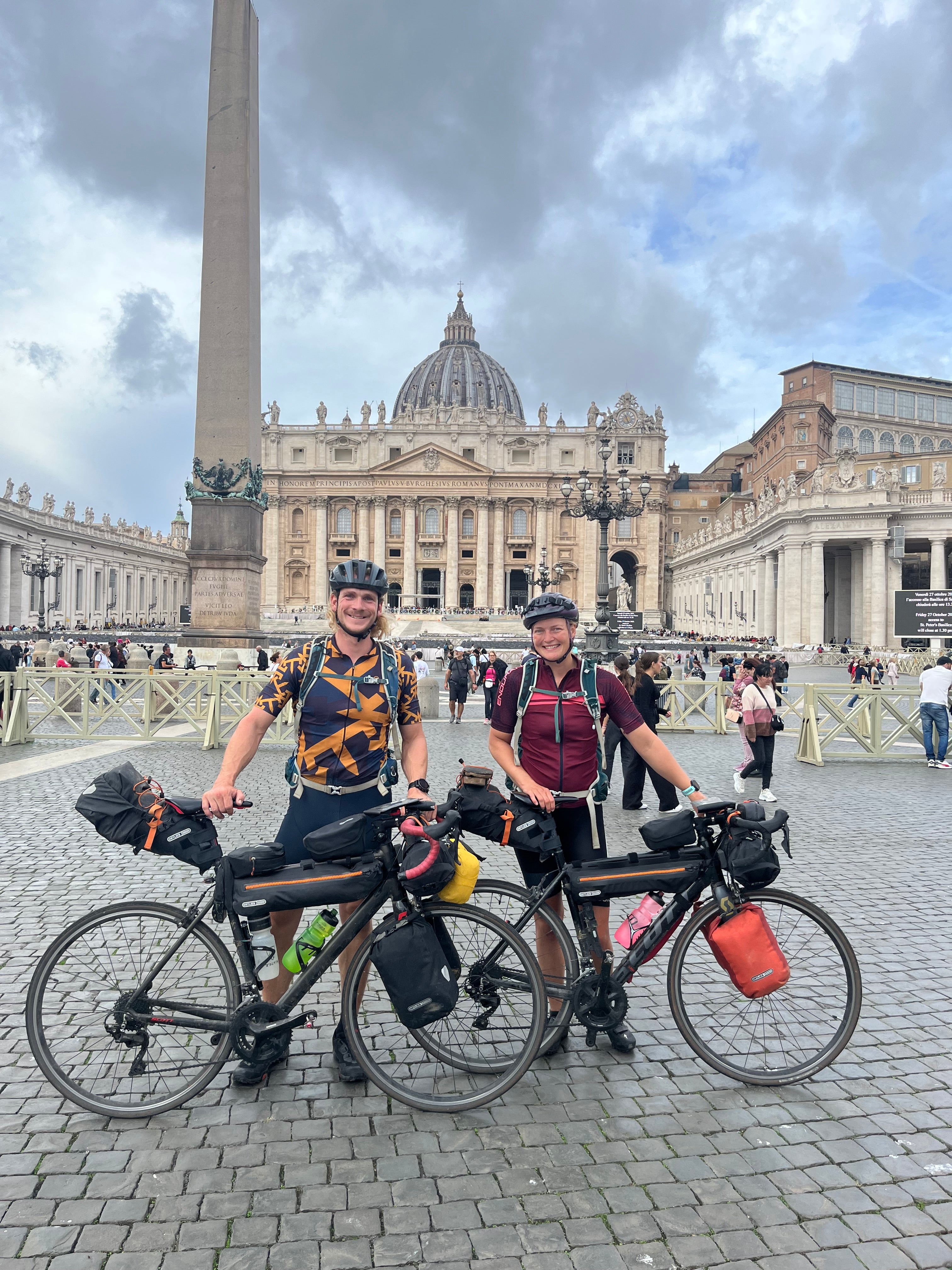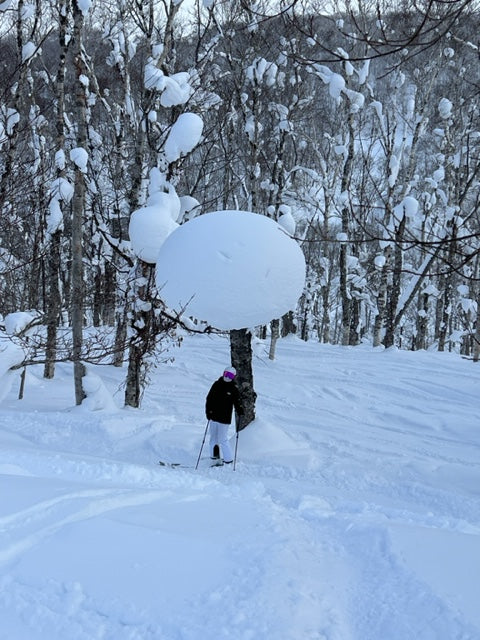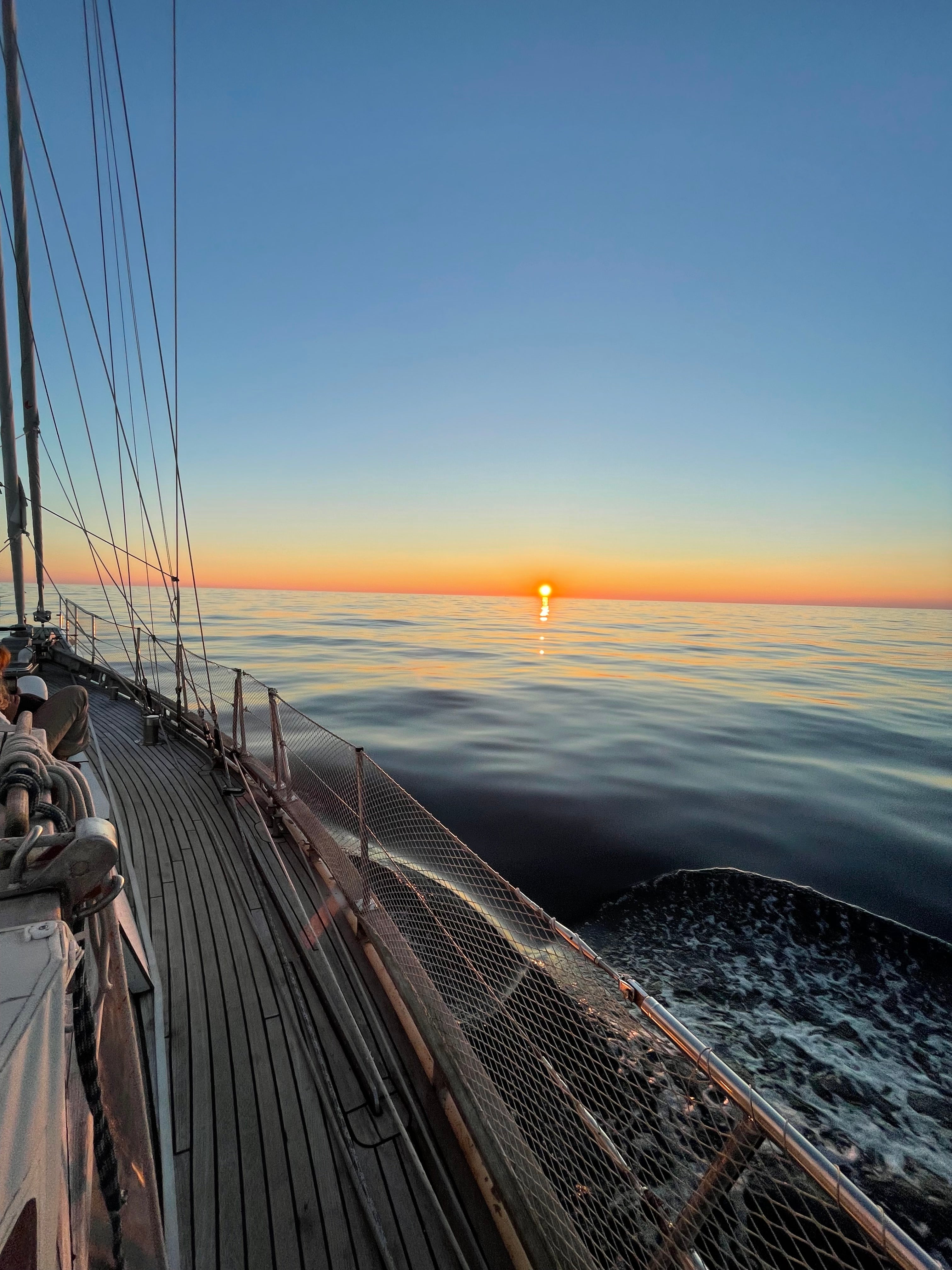I, Tobias Trock-Jansen, am planner and coordinator for an exciting mountaineering expedition to the east coast of Greenland this summer with my sailboat, Zula. Together with a group of 7 skilled alpinists from different parts of Europe, we set out to map and explore the untapped potential for alpinism in the area around Tasiilaq.
East Greenland, with its extreme wilderness and isolation, has barely been visited by professional expeditions, so there are likely to be an incredible number of unclimbed and untouched routes and mountains on the coast just waiting to be discovered. Unlike most popular mountaineering locations, there are no guidebooks or previous experience to draw on, so our expedition represents a classic voyage of discovery.
We are extremely drawn to being able to do an expedition the classic way. There is something really cool and exciting about being able to plan and execute an expedition where you are completely self-sufficient. By using a sailboat as a starting point, we have transportation that can take us to areas otherwise only accessible by helicopter or ship, we can store and carry ample gear and provisions for up to a month, and we have what amounts to a nice comfortable floating wilderness cabin to travel around in.

Isafjordur NW Iceland - The day before departure
It's the last day before our scheduled departure and the atmosphere here is not hectic, but more like "organized chaos". There are a lot of tasks that need to be done today before we set off on our journey. First we have to cross the Denmark Strait and then navigate through the ice before reaching the East Greenland coast.
Buying food for seven people for 30 days requires careful planning to avoid ending up eating bread and drinking water on the last days. I shouldn't really complain when I think about how previous expeditioners had to prepare for over a year's worth of supplies in case they got frozen and had to winter along the coast. Back then, the risk of freezing was enormous, and if you had to accomplish anything on the coast with the weather and ice conditions of the time, it might require an involuntary wintering in the ice. Today's high level of information about weather and ice conditions around our expedition area makes sailing in the Arctic much easier compared to polar heroes of the past, to say the least. But still, there are many things that can go wrong on our trip, and even today East Greenland is a dangerous and unforgiving area if you're not well prepared.

Isafjordur - The day of departure
Today I collected our four weapons from the local police here in Isafjordur, gave the crew the final safety briefing, bought the last food for the next month and now all eight of us on board are ready for the journey we have been preparing for so long. The weapons are necessary as we need to be able to protect ourselves from polar bears at all times. We plan to split into four groups and each group will need to carry a weapon with them.
The departure from the Westfjords in Iceland started with calm seas and motor sailing out into the North Atlantic. We had to get far away from the west coast before we found wind, but once we did, it was fierce. We experienced winds of 13 meters per second from the north, surfed south at high speed and felt the big and powerful swells in the Denmark Strait. It was an amazing feeling to surf down such big and consistent waves in the North Atlantic. The ship was heavily loaded with supplies, 500 kg of climbing gear, 600 liters of fuel, because now we were going to be self-sufficient for a month in one of the world's most challenging coastal areas. An amazing feeling.

Denmark Strait - A seasick crew
The mood on board is affected by the fact that only half of the eight-man crew has sailed before. Some are seasick, one person hasn't left his bunk for three days, but for some of us it's great to have finally started the trip and be out at sea.
The Greenland Pump - Landfall and ice navigation
In the morning, 180 km from the coast, we discovered the peaks of East Greenland. The sea had calmed down, as it often does in the western part of the Denmark Strait at this time of year. It was pleasant sailing, and sunshine made most of us get up on deck to enjoy the sun's energy after three days of damp and rocking existence. By 8pm the temperature dropped and we sailed into the thick fog that shielded us and indicated that we would soon encounter sea ice. This is my favorite and most exciting part of any Greenland cruise, but also the most dangerous.
We began maneuvering through the maze of ice floes and icebergs. The fog created a certain mystique with fresh air and temperatures around freezing. With only 30 meters visibility, we had three crew members on watch at a time to avoid collision with even small ice floes. The most dangerous were formed by old, black ice that lay deep in the water and was difficult to detect. An ice map analysis from DMI showed dense glacier ice around Storø, Nordfjord and all the way up to our first destination of the expedition, where we were to drop off the German professional climbers at their base camp.
At 3am we left the dense fog and were greeted by a majestic view of possibly the wildest alpine terrain Greenland has to offer. We had come so far into the fjord that we were almost surrounded by alpine mountain massifs in a 300-degree direction. Someone referred to it as "Arctic Jurassic Park".

Drop-off of the first climbing team
Our first goal on this trip has been to transport the two German professional climbers, Martin Festil and Felix Bub, to the Mythics Cirque area. They belong to a new generation of extreme sports athletes who want to change the long tradition of flying around the world several times a year to complete expeditions. Martin and Felix have not flown for several years and have decided that they can still carry out large expeditions around the world without leaving a significant carbon footprint. Therefore, a big part of this summer's expedition is bringing the climbing duo to their base camp. Here they will spend 3.5 weeks trying their hand at big walls, as some of the world's best alpine climbers have done in recent years. A movie about their trip will be released in 2024.
From here, we are seven participants on the boat, exploring the southeast coast for alpine climbing opportunities. East Greenland is known for its poor rock quality, but we've heard that there are specific areas of solid rock that every alpinist dreams of. Unlike the Alps and North America, where there is plenty of information about climbing routes, the custom here in East Greenland is not to reveal too much about your routes. If you want to climb in East Greenland, you have to find your own way and put in the hard work. This is also our purpose of the trip.

Big-wall day
It has now been nine days since we first reached the coast. We've done countless hikes and had three unsuccessful attempts to reach the top until yesterday. It was an incredibly wild day.
Hans and I had scrambled and climbed along a ridge the day before and found the optimal peak. From our drone, we could see a large wall with clear climbing routes on the south side of the massif. Since we had already been to the top, we knew we could get down without rappelling, which is dangerous and expensive as you have to leave a lot of equipment behind.
We ended up climbing the wall for over 17 hours and completing several very challenging rope lengths. It was a completely new way of climbing for us. The fact that we had no information about the mountain or the route made us feel like pioneers. It reminded us of what it must have been like to climb in the Alps 50 years ago. Our biggest fear was that the difficulty would increase significantly just below the summit and we would be stuck on the wall. It's an exciting and slightly scary feeling to be so committed to a wall where you know the only real way out is to climb up. After 17 hours of climbing, with Hans leading the most challenging routes, we reached the top exhausted a few hours after midnight. It was an amazing adventure and exactly what we had dreamed of.

Equipment choices for this expedition
Little lessons and tips from others who have been on similar expeditions can make everyday life on a trip like this more convenient and enjoyable. For us, the experience that merino wool is the ultimate clothing choice for long expeditions was crucial. When you're spending a month in the wilderness with no access to washing facilities, having underwear that doesn't smell and feel clammy, even after days of use, means a lot. Practically speaking, the difference has been significant - we haven't smelled unpleasant and don't need to spend hours washing clothes. Most of the expedition participants used LOOW, and by the end of the trip we all agreed that we couldn't imagine going back to anything other than LOOW merino wool.

Picture: Hans Frederik Greve Lehmann
Back to Iceland
The highlight for me on this expedition was towards the end, when we found a beautiful, sheltered bay in a narrow fjord further north than our original planned sailing route. It's strange how quickly you get used to the magnificent and dramatic landscape, but you do. From the bay, we could go hiking in green and slightly hilly terrain and rest a little after the exertions of the mountain top attempts. A few days later, we picked up Martin and Felix after their almost four weeks in the wilderness and headed back to Iceland. It was a great feeling to have completed an adventure like this along one of the world's most challenging coastlines without having to rely on anyone but ourselves Using a boat as both transportation and base camp not only gives a sense of accomplishment, but also makes sense from an environmental perspective.

Picture: Tayo Von Buchem
You can see more on Tobias' Instagram and follow his future adventures here: @donde_trock.
